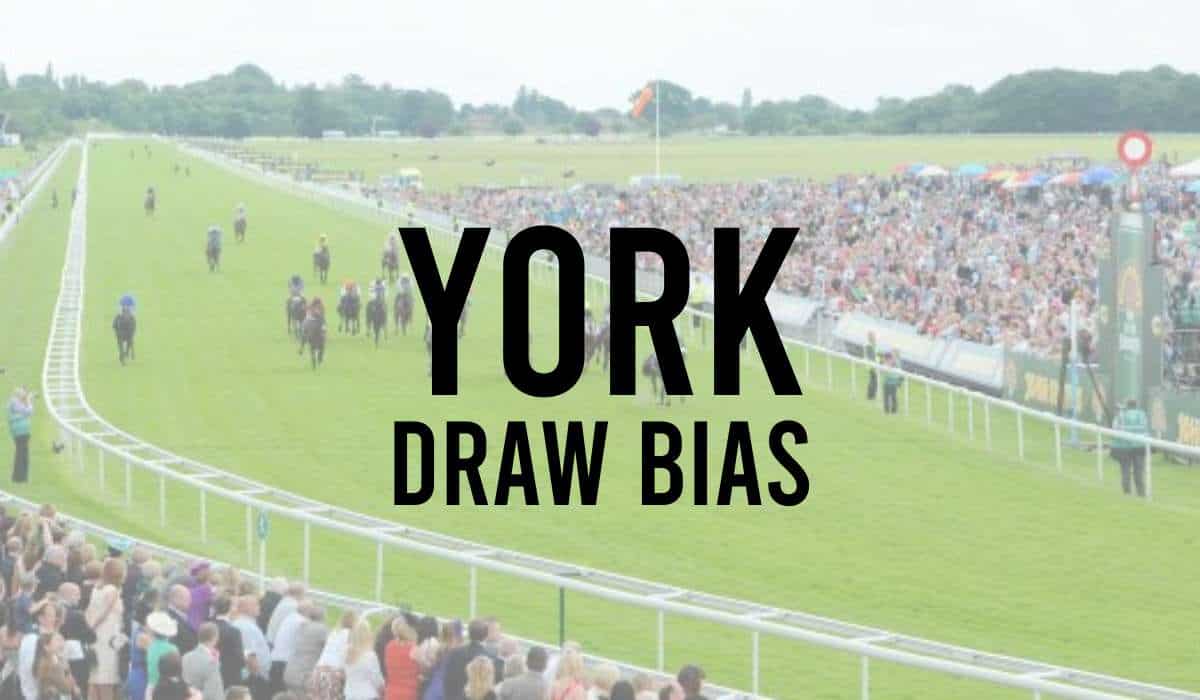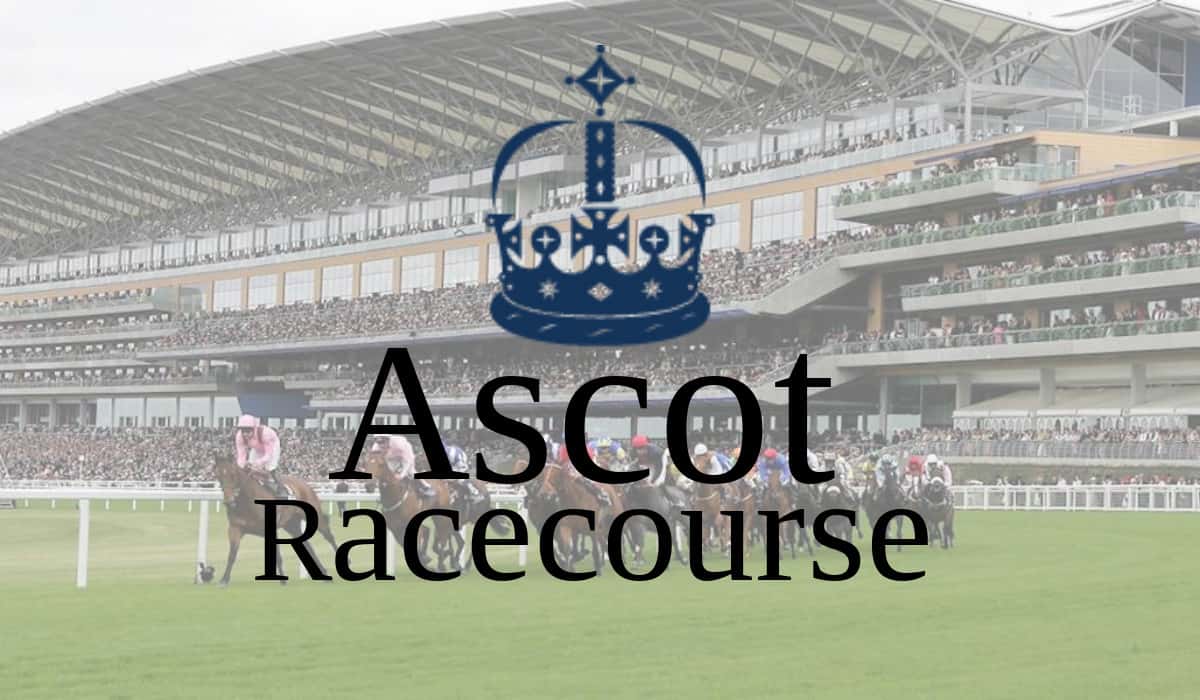Many shrewd horse racing punters research whether there is a draw bias at Ascot Racecourse.
The horse racing draws are perhaps the most overlooked factor in horse racing statistics in April 2024.
The Ascot draw bias refers to whether or not a racehorse running at Ascot has an advantage or disadvantage following the stall they have been drawn in.
Our horse racing tipsters can be influenced by the draw of the horse when selecting their best chances of a winner at Ascot Races.
In our Ascot Draw Guide, we will explain everything you need to know about the stalls and potential draw advantages for horses running at Ascot today.
Is there a draw bias at Ascot Racecourse?
The straight course at Ascot hosts races ranging from 5 furlongs to 1 mile. In large fields, there are instances where one side of the course may be favoured, although it can be challenging to predict.
One such example is the Cisco Hong Kong Sprint Stakes over 5 furlongs in July 2008, where high draw positions dominated, with the winner Tom Laughter starting from draw position 23.
Other horses that finished in the top positions also had high draw positions. However, in races like the Wokingham Stakes in June 2008, there appears to be no draw bias, as horses with a mix of low and high draw positions finished in the top positions.
In medium-sized fields, low draw positions can occasionally have an advantage, as seen in the 17-runner Golden Jubilee Stakes over 6 furlongs in June 2008, where the first four horses home had low draw positions.
In the past, there used to be a strong bias towards horses with high draw positions on the straight courses, especially on soft or heavy ground conditions.
However, since the course has reopened in 2006, there have been only a few races held under such conditions, making it difficult to make any assumptions about potential biases.
On the round course at Ascot, there does not seem to be any significant draw bias. It’s important to consider all relevant factors, including course conditions, number of runners, and other race-specific variables when making any betting decisions at Ascot.
What is the Draw Bias at Ascot 5 Furlongs?
Determining the draw bias at Ascot Racecourse over 5 furlongs is challenging due to the course redevelopment in 2005 and limited data available. Based on the available data, there doesn’t seem to be a consistent draw bias towards any particular position.
However, it’s important to note that Ascot has a watering policy that can affect the ground conditions from meeting to meeting. As a result, any potential biases in draw position may be influenced by the specific conditions of each race rather than over time.
While the limited data makes it difficult to form a strong opinion, it’s essential to consider all relevant factors when making any betting decisions.
This may include analysing the form and past performances of the horses, taking note of the jockeys and trainers involved, and monitoring any changes in ground conditions or weather patterns that could affect the outcome of the race.
It’s also important to note that draw bias can vary from race to race and is not a constant factor.
What is the Draw Bias at Ascot 6 Furlongs?
Determining the draw bias at Ascot Racecourse over 6 furlongs can be difficult due to the course redevelopment in 2005 and the limited data available. While there is some data on races held over this distance, there is not enough to form a strong opinion.
Based on the available data, there doesn’t appear to be a consistent draw bias towards any particular position at this distance.
However, it’s worth noting that Ascot has a watering policy that can affect the ground conditions from meeting to meeting, potentially leading to biases in draw position that vary from race to race.
Given the limited data, it’s important to consider all relevant factors when making any betting decisions.
This includes analysing the form and past performances of the horses, taking note of the jockeys and trainers involved, and monitoring any changes in ground conditions or weather patterns that could affect the outcome of the race.
While there may not be enough data to draw definitive conclusions on draw bias at this distance, it’s essential to keep an open mind and be willing to adjust strategies based on individual race conditions.
By taking a holistic approach to handicapping, bettors can increase their chances of making informed and profitable betting decisions.
What is the Draw Bias at Ascot 7 Furlongs?
Analysing the draw bias at Ascot Racecourse over 7 furlongs can be difficult due to the limited data available for this distance.
The 7 furlong race at Ascot is run on the straight course, and while there is some data available, there isn’t enough to draw any firm conclusions.
However, the limited data does suggest that starting from a high draw position may offer a slight advantage at this distance.
It’s worth noting that this bias could be influenced by factors such as the course layout, weather conditions, and the number of runners in the race.
Another interesting observation is that middle draw positions have been successful in races with large fields. While the reason for this is not entirely clear, it could be due to the horses having more room to manoeuvre and finding better racing lines.
What is the Draw Bias at Ascot 1 Mile?
The draw bias at Ascot Racecourse over 1 mile has been a topic of much debate. While it’s a widely held belief that high draw positions are favoured in big fields, the statistics don’t necessarily support this claim.
Overall, there seems to be very little bias towards any particular draw position, especially in smaller fields where the horses tend to form one group down the middle of the course.
However, it’s interesting to note that in larger fields where the horses typically split into two or more groups, there appears to be a slight bias towards low draw positions over Ascot’s straight mile.
The reasons for this bias are not entirely clear, but it could be due to the ability of horses with low draw positions to get a good position near the rail and save ground on the bends.
Does The Stall Draw Affect Chances Of Winning In Flat Races at Ascot?
The chances of a horse winning can hugely be affected by the stall number at Ascot Races.
The best horse racing tipping services will adjust their judgements of horses with the best chances after the stall numbers are released in the Ascot racecards.
Here is some important information on the tips, results and runners for horses running at Ascot.
Ascot Pace Bias Statistics
There is a significant pace bias at Ascot Racecourse, as evidenced by the analysis conducted. It’s challenging to lead from start to finish and win at Ascot, making the pace of the race a crucial factor for bettors to consider.
When comparing Ascot to other turf courses with races over similar distances, Ascot ranks at or near the bottom for front runners at every distance.
For instance, at 5 furlongs, Ascot is ranked 20th out of 31 courses, while at 6 furlongs, it’s ranked 29th out of 29 courses.
Similarly, Ascot is ranked 23rd out of 23 courses at 7 furlongs, 24th out of 25 courses at 8 furlongs, 25th out of 26 courses at 10 furlongs, and 14th out of 16 courses at 12 furlongs.
These rankings indicate that front runners may struggle to succeed at Ascot Racecourse, highlighting the importance of considering the pace of the race when making betting decisions.
It’s crucial to analyse the running styles of the horses, past performances, and the jockeys’ tactics to determine the likely pace of the race and identify any potential pace biases.
Summary
The data and stats are updated in real-time from our Ascot Horse Racing Results for the information shared on the draw bias.
With the draw bias mainly affecting the sprint races then punters are quickly on the lookout for the big ante posts races, as the draws are released.
Ground conditions, weather, and handicapping blots can affect the draw bias statistics. So at times, it is strongly advised to check the earlier races of the day to see if the draw bias on the current ground has changed.
Related Draw Bias Posts
Find all the draw bias information articles.
- Ascot Draw Bias
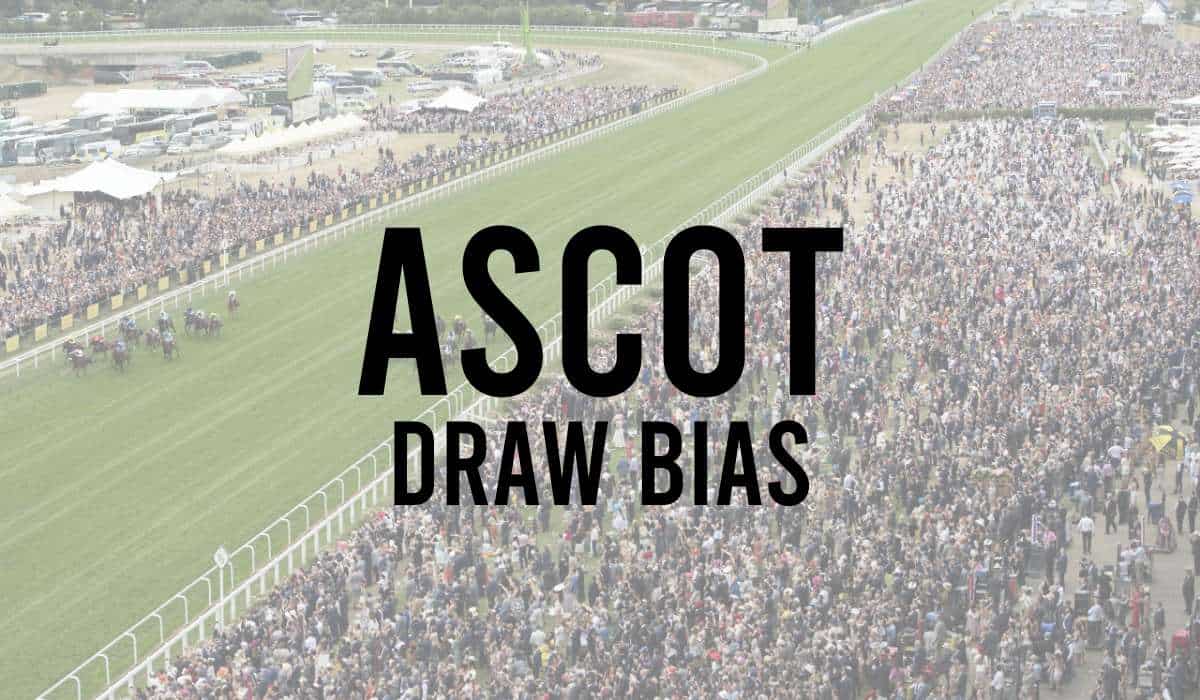
- Bath Draw Bias
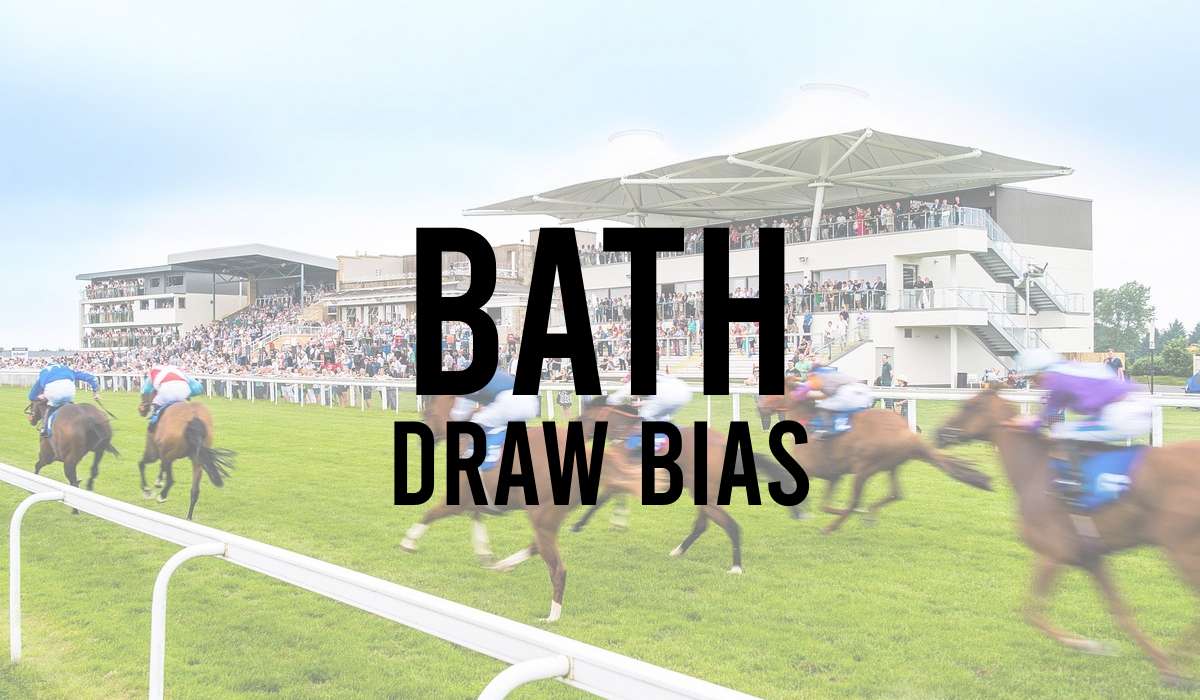
- Beverley Draw Bias
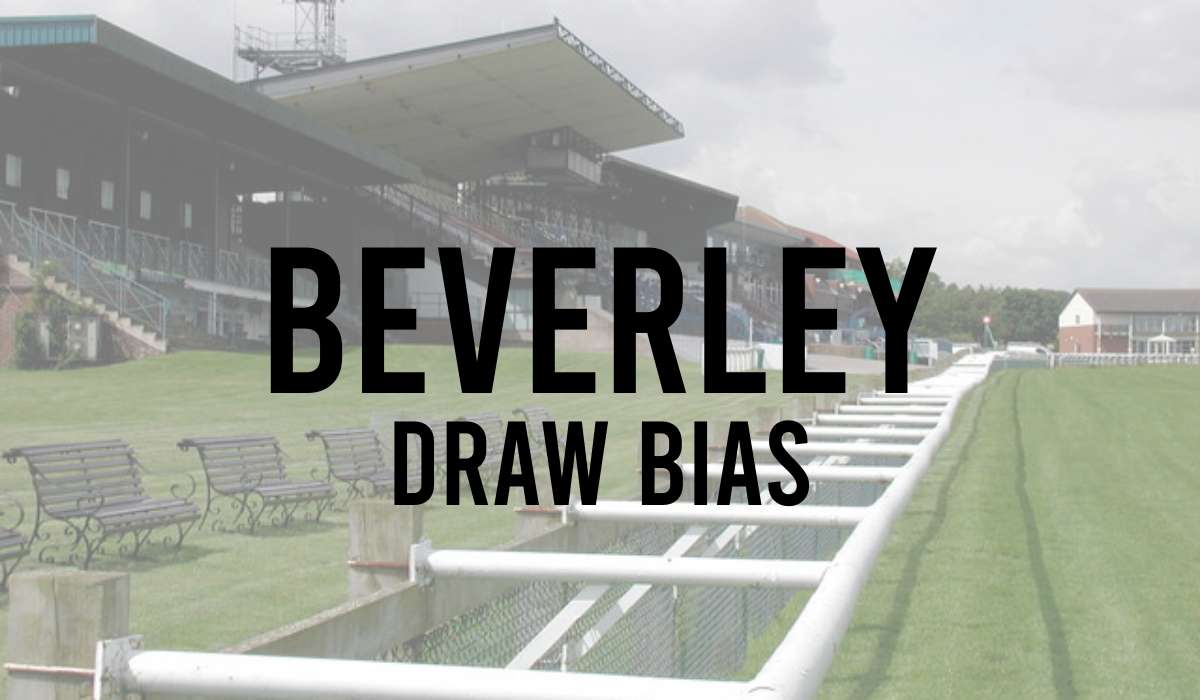
- Brighton Draw Bias
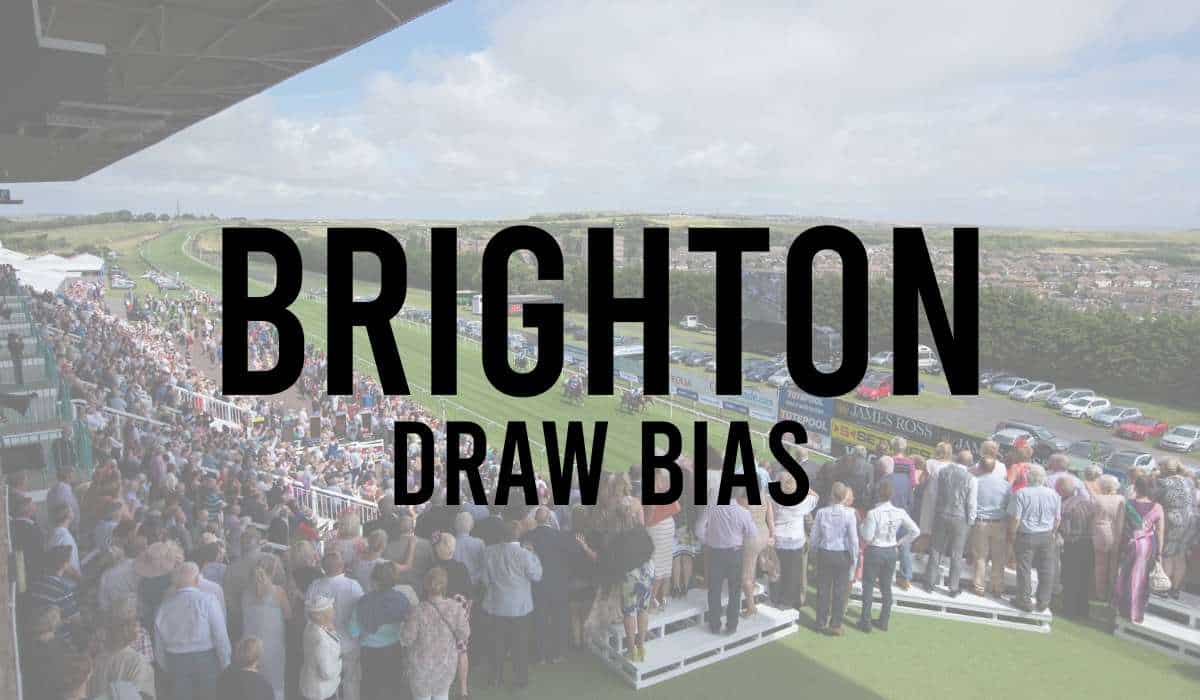
- Catterick Draw Bias

- Chelmsford Draw Bias
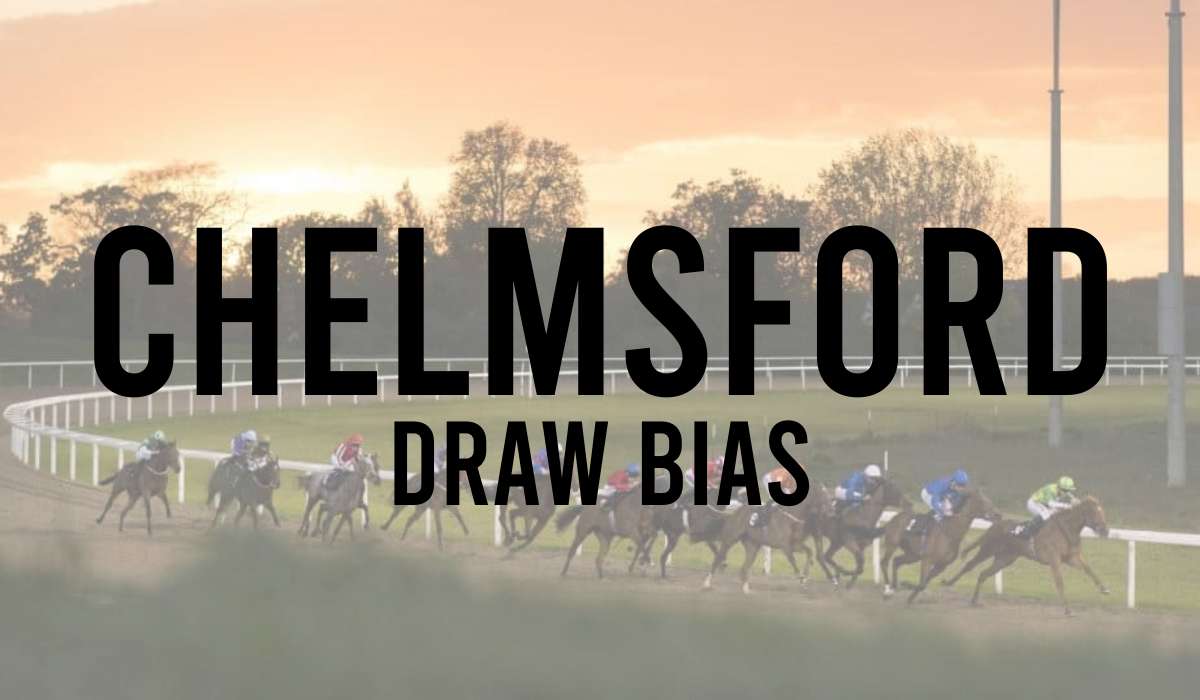
- Chester Draw Bias
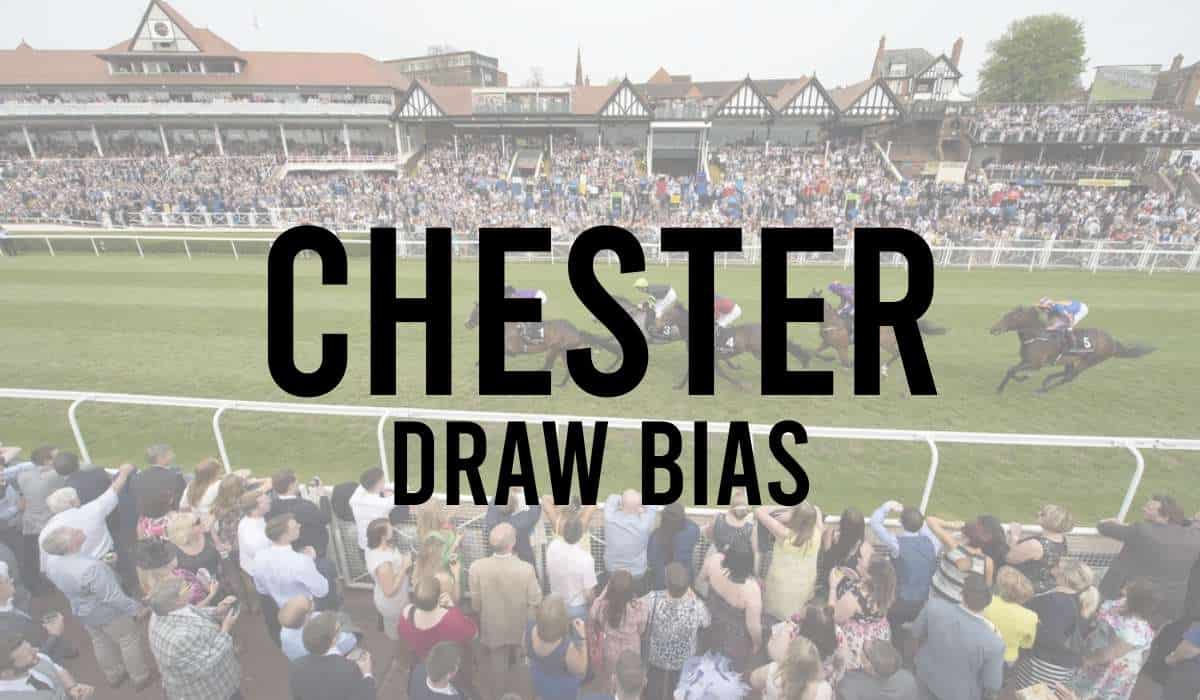
- Cork Draw Bias
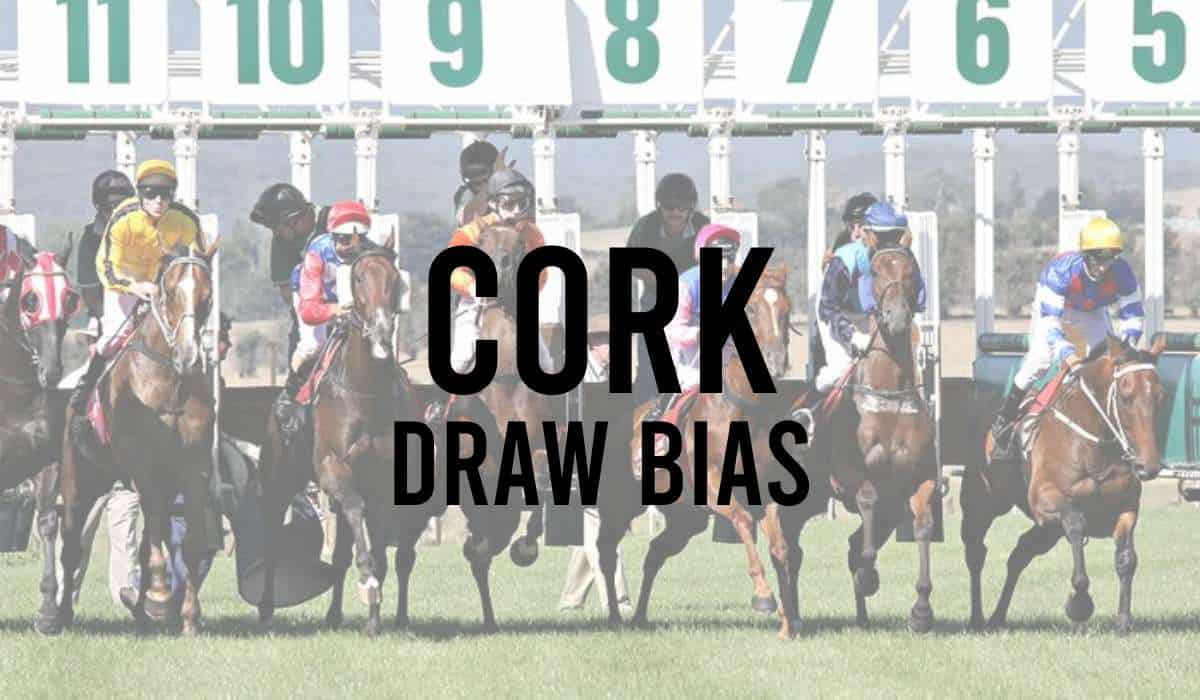
- Doncaster Draw Bias
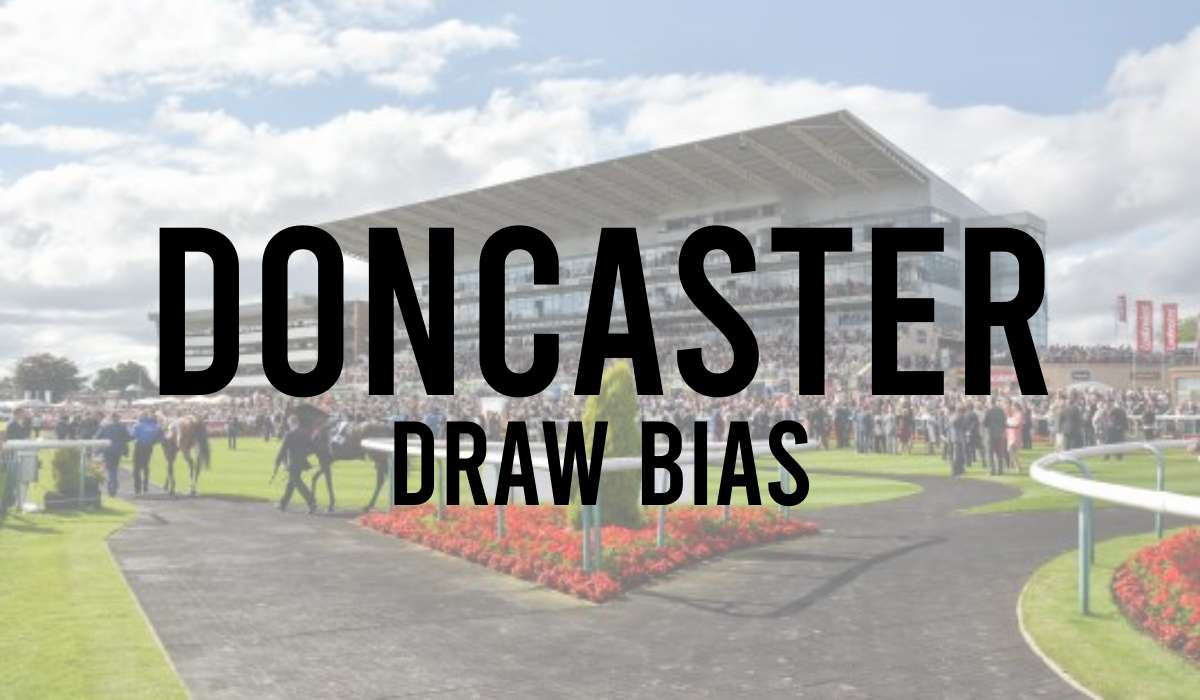
- Dundalk Draw Bias
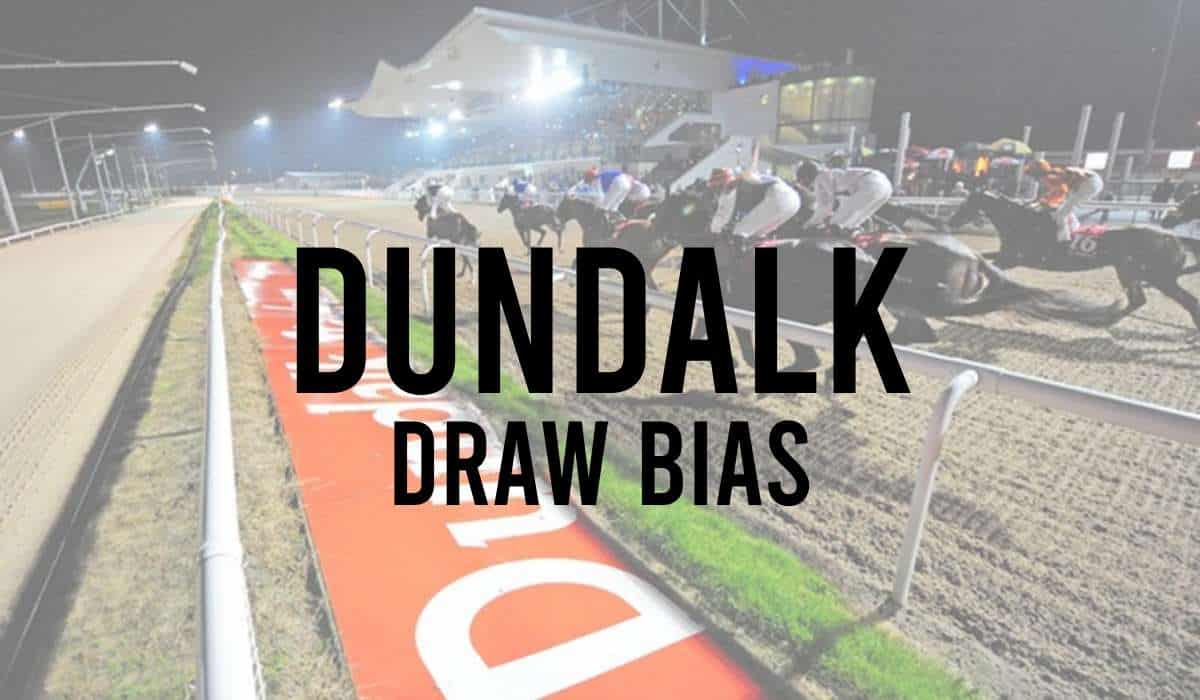
- Epsom Racecourse Draw Bias
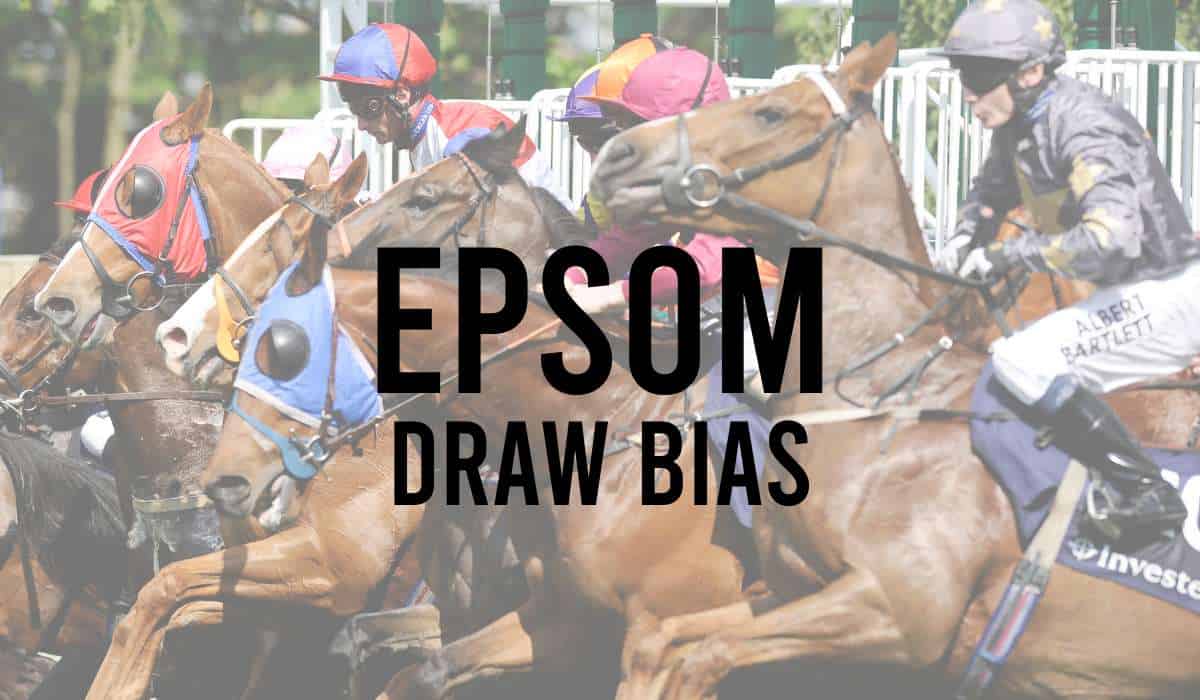
- Goodwood Draw Bias
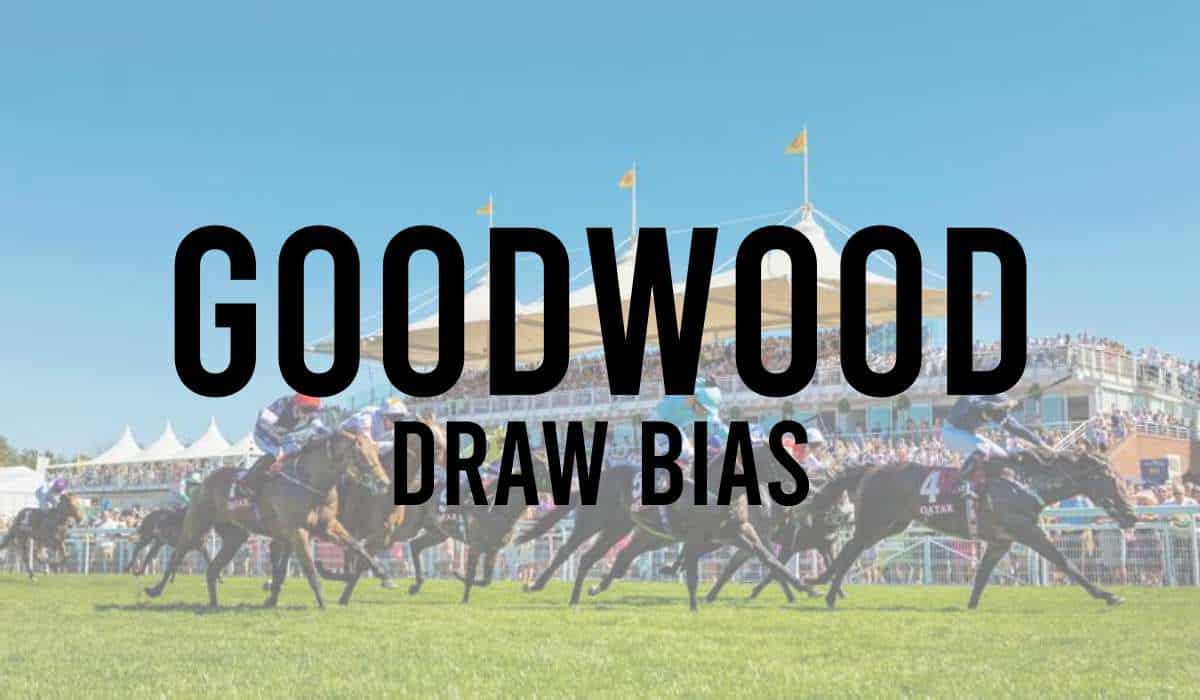
- Hamilton Draw Bias
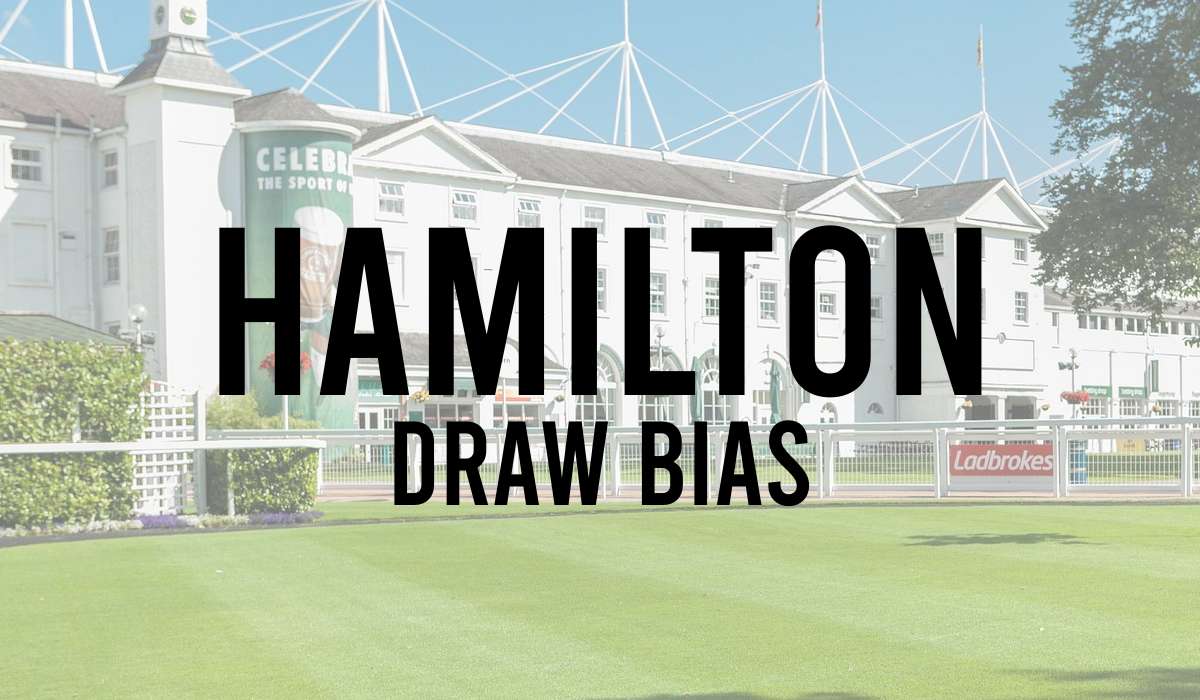
- Haydock Draw Bias
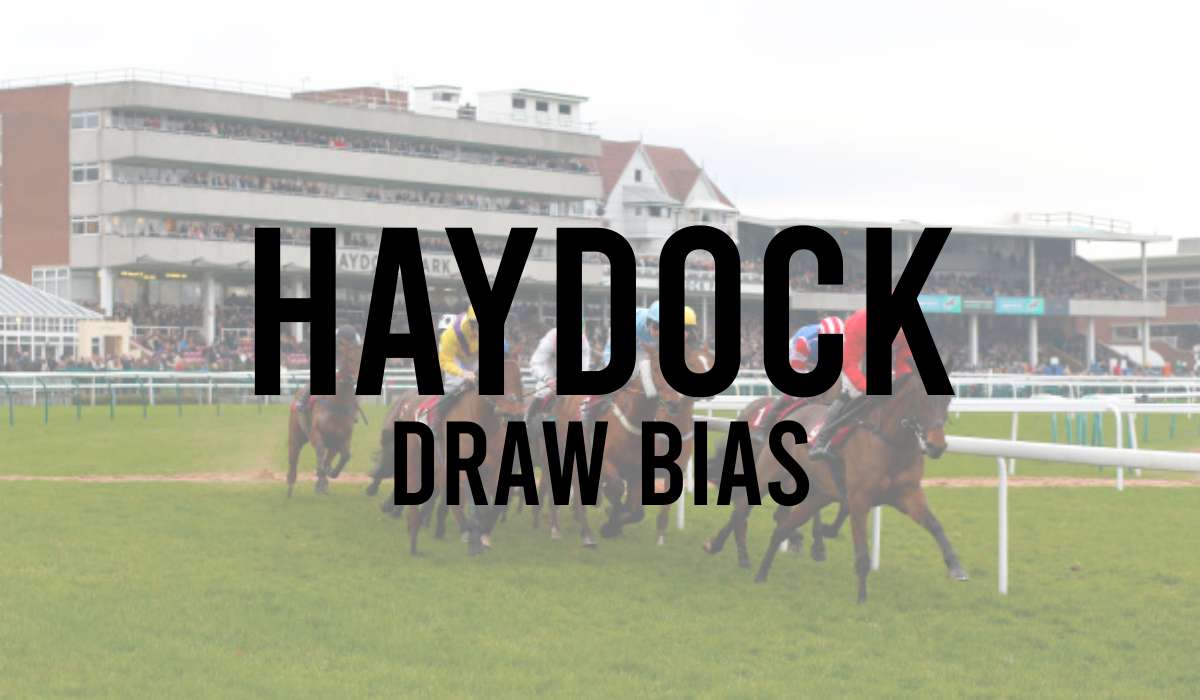
- Horse Racing Draw
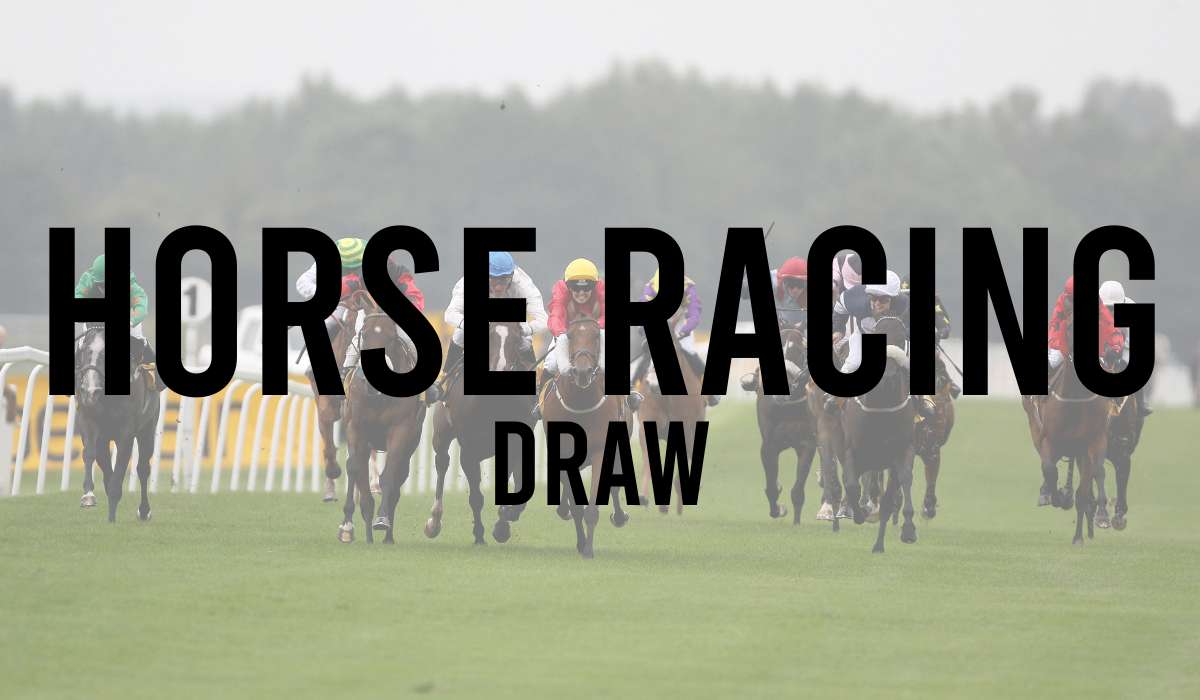
- Kempton Draw Bias
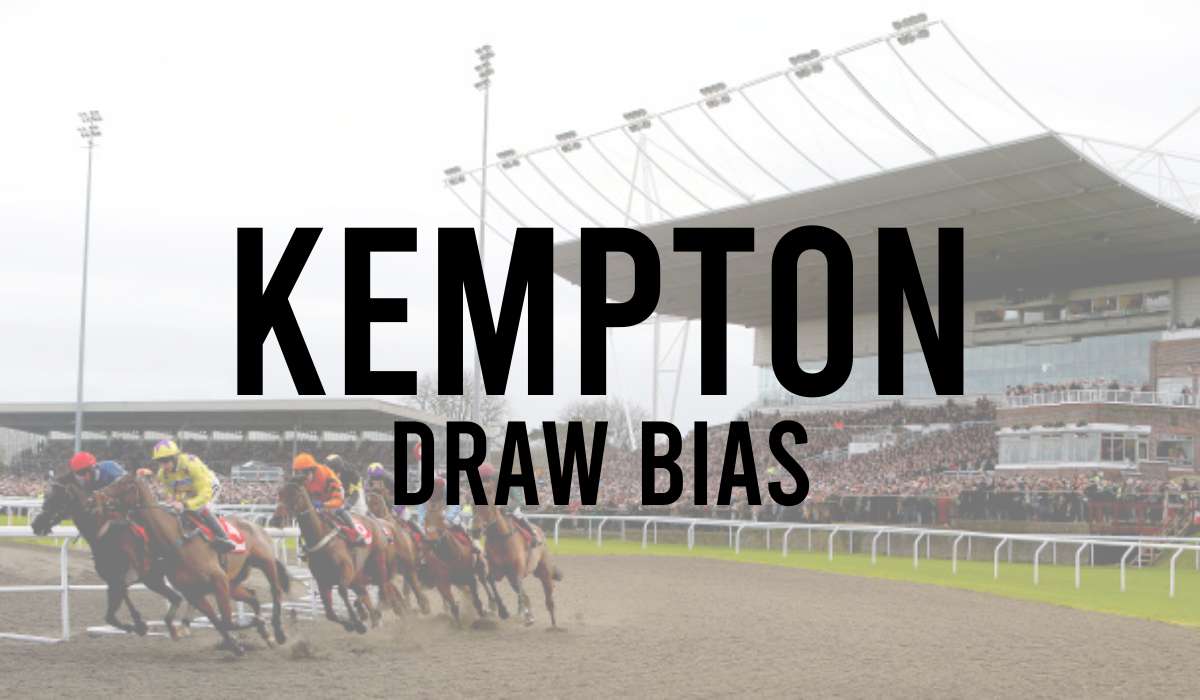
- Lingfield Draw Bias
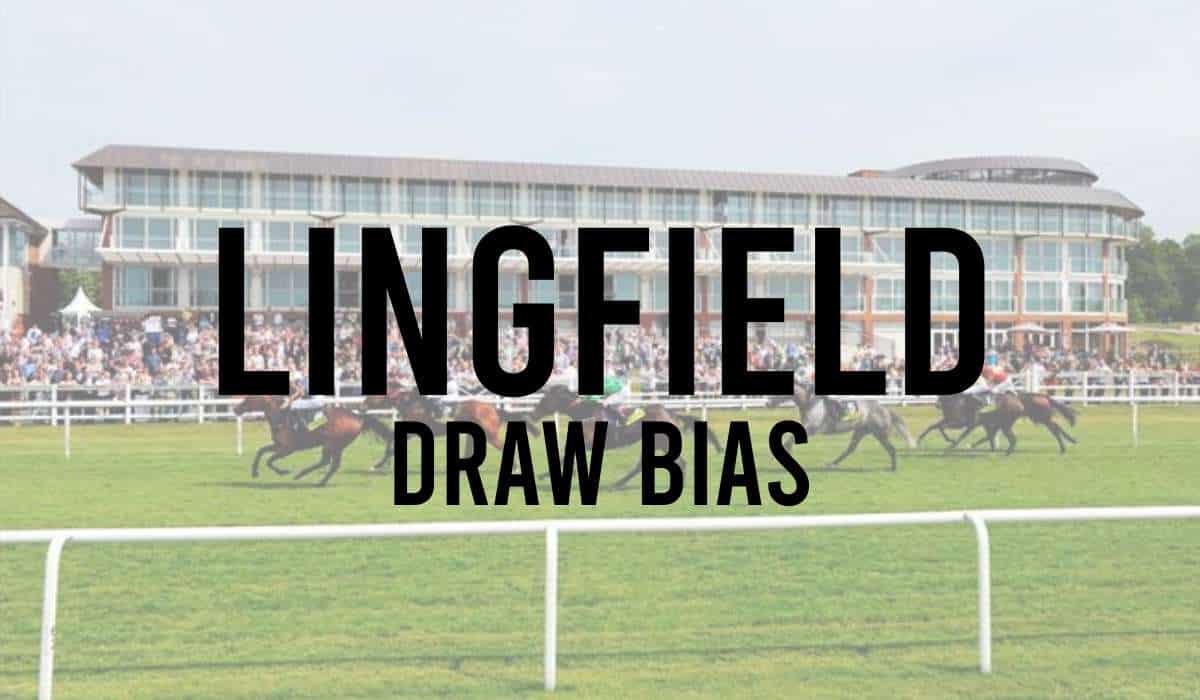
- Musselburgh Draw Bias
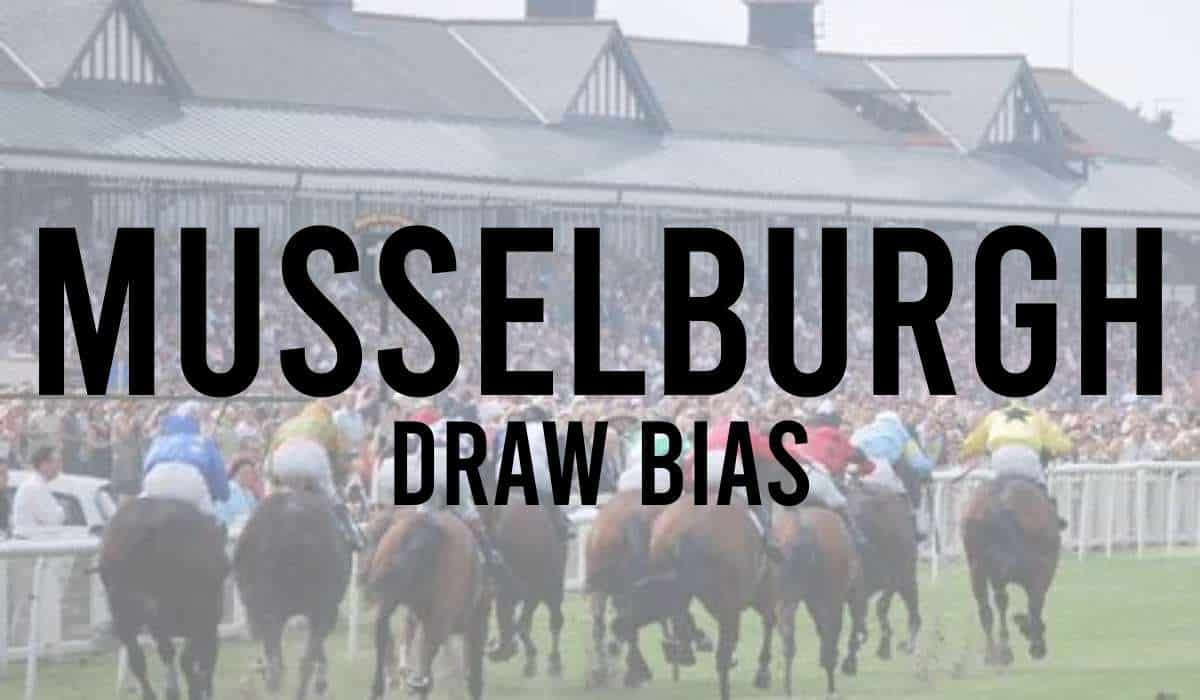
- Newbury Draw Bias
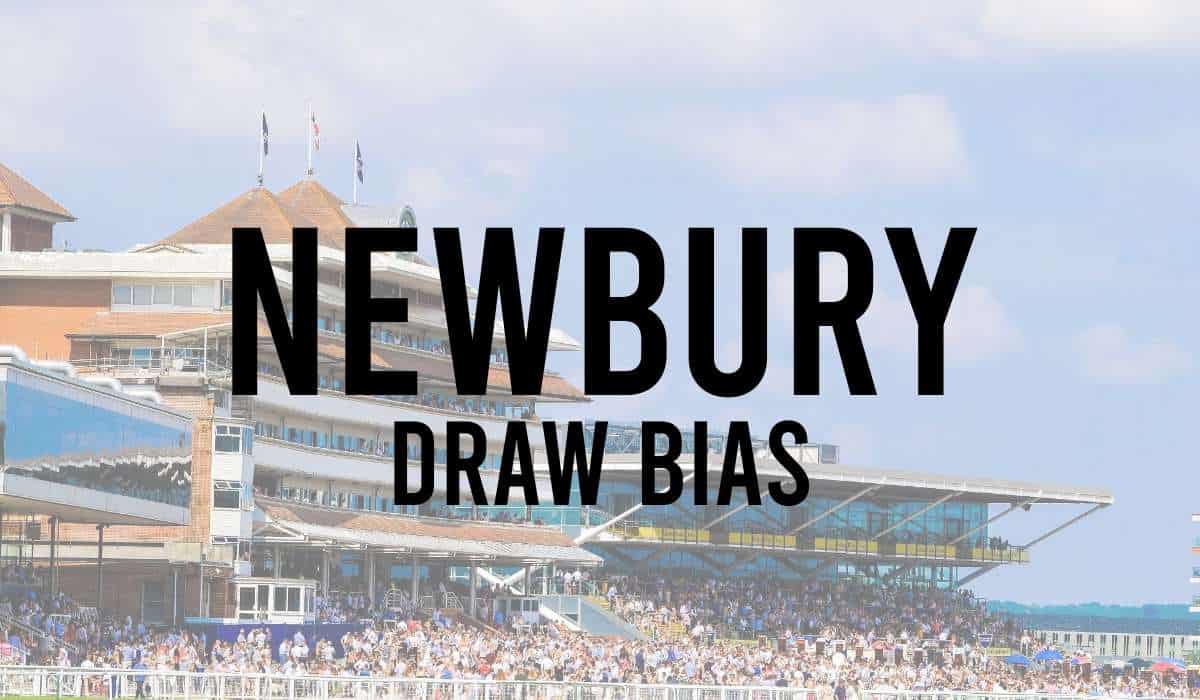
- Newcastle Draw Bias
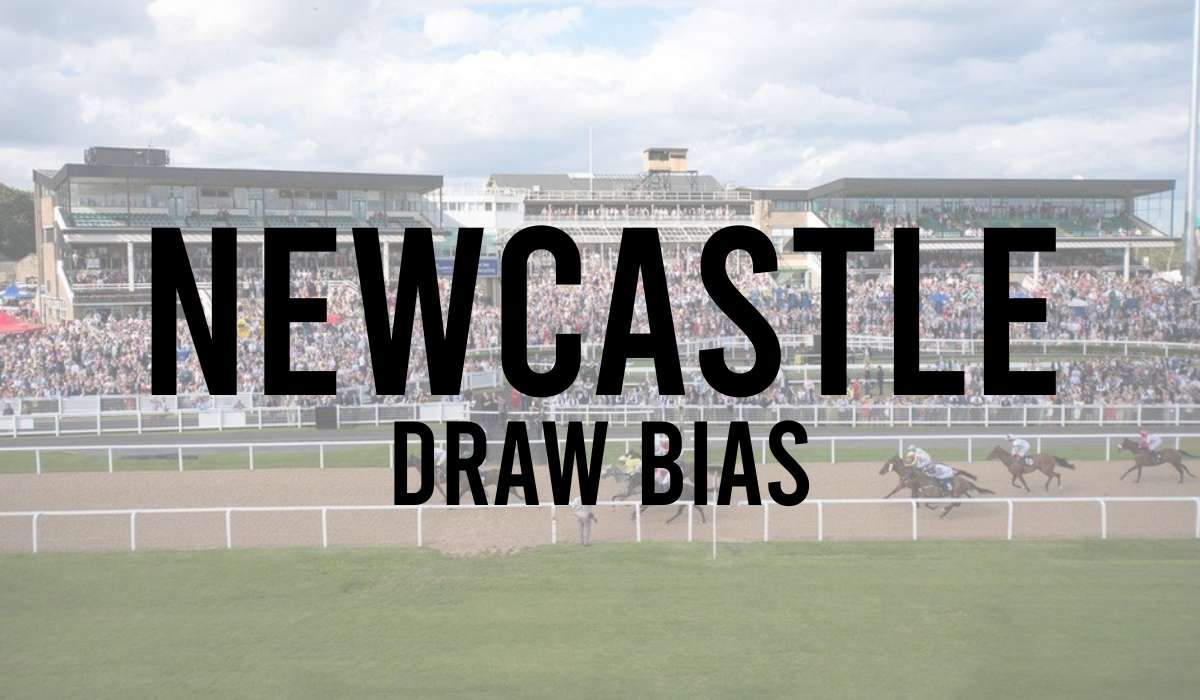
- Newmarket July Course Draw Bias
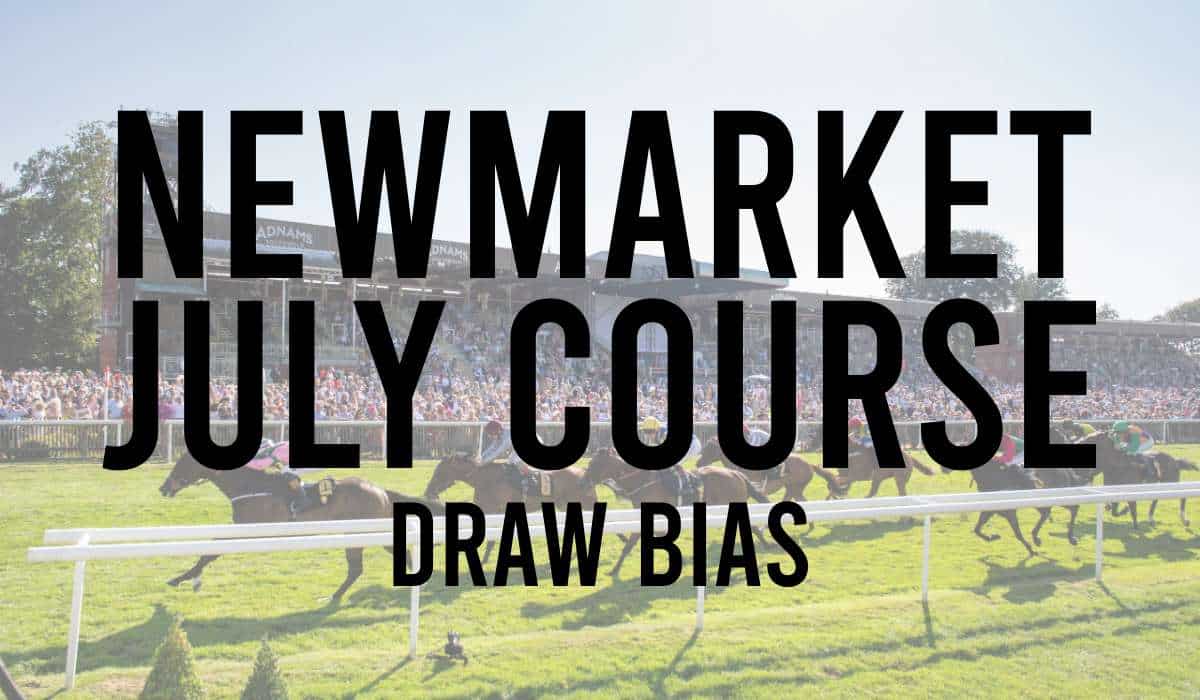
- Newmarket Rowley Mile Draw Bias
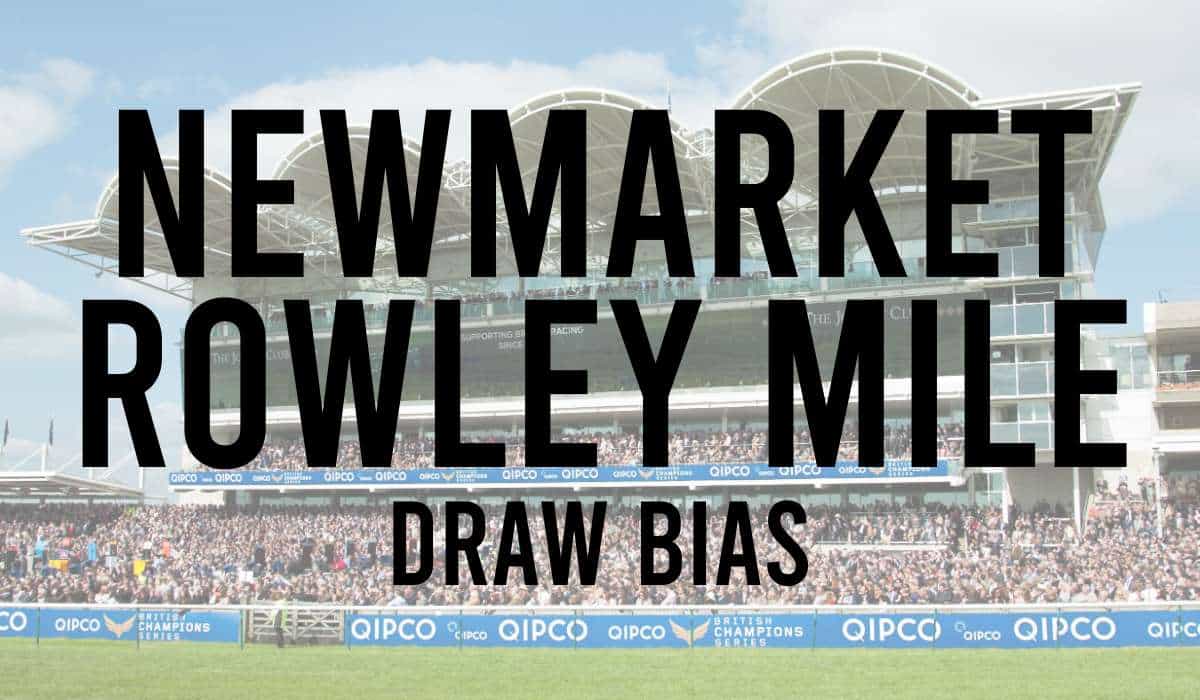
- Nottingham Draw Bias
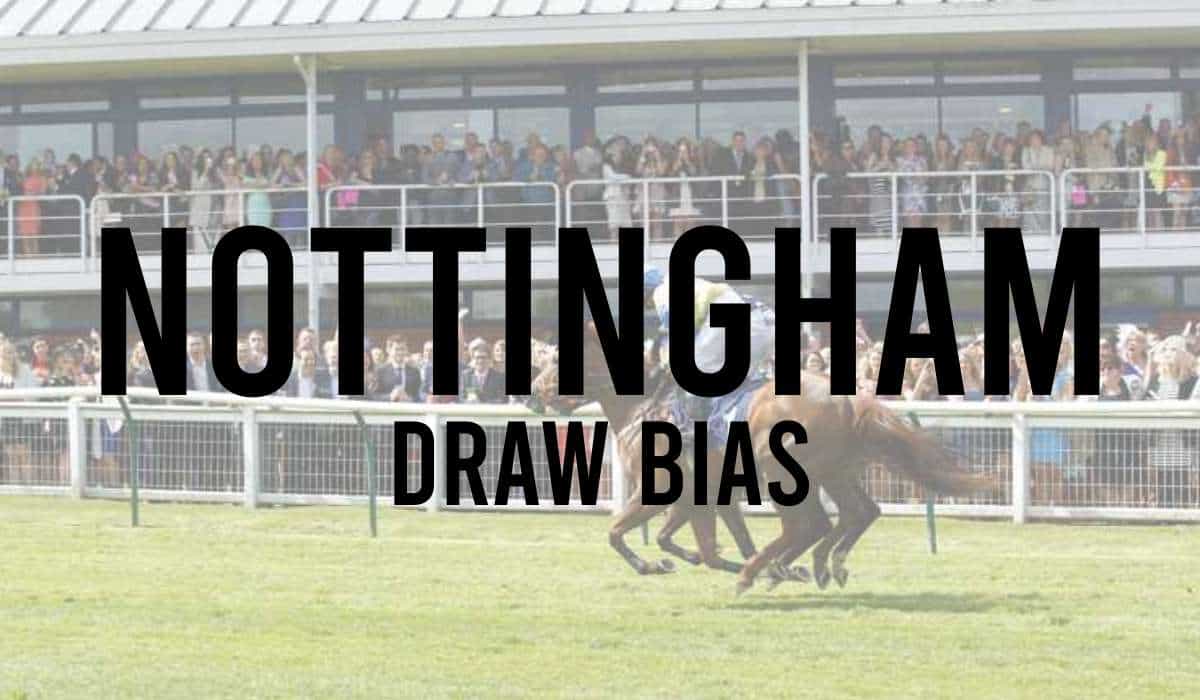
- Pontefract Draw Bias
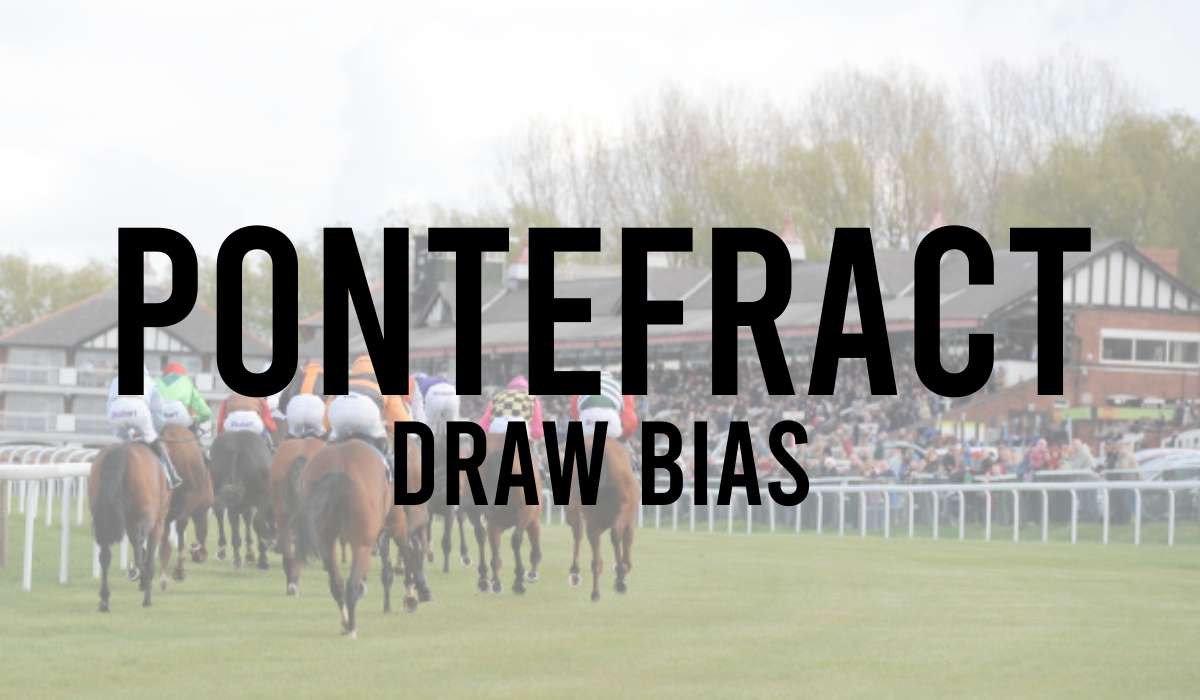
- Redcar Draw Bias
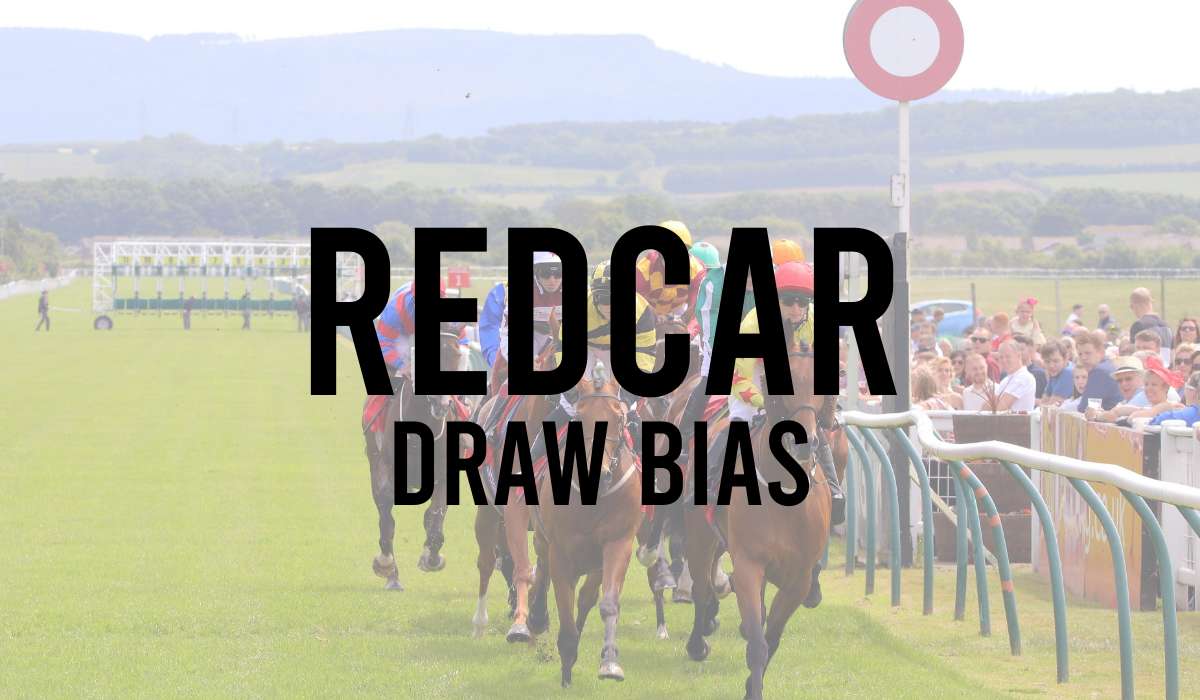
- Ripon Draw Bias

- Salisbury Draw Bias
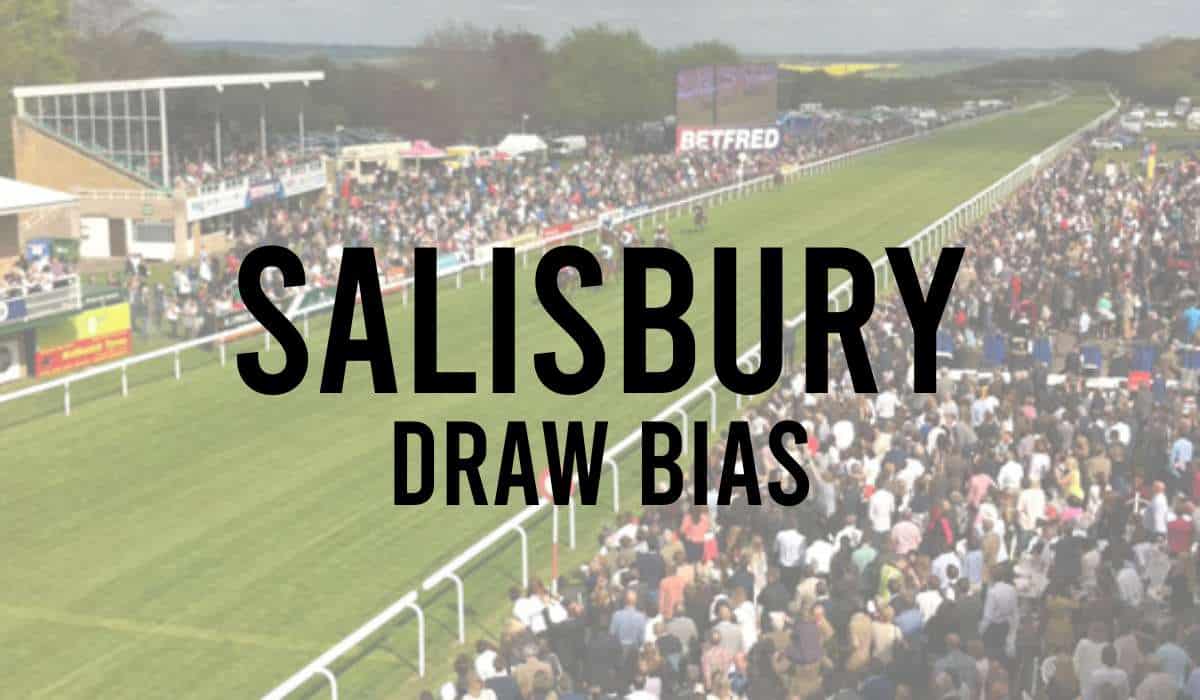
- Sandown Draw Bias
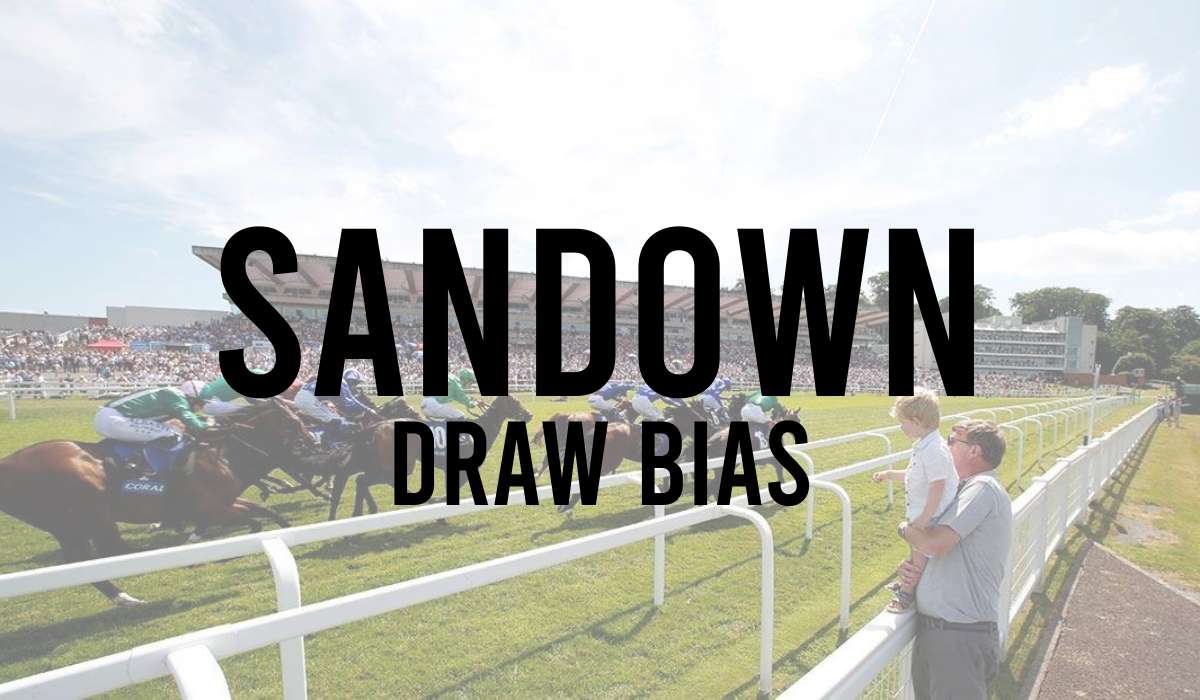
- Sligo Draw Bias
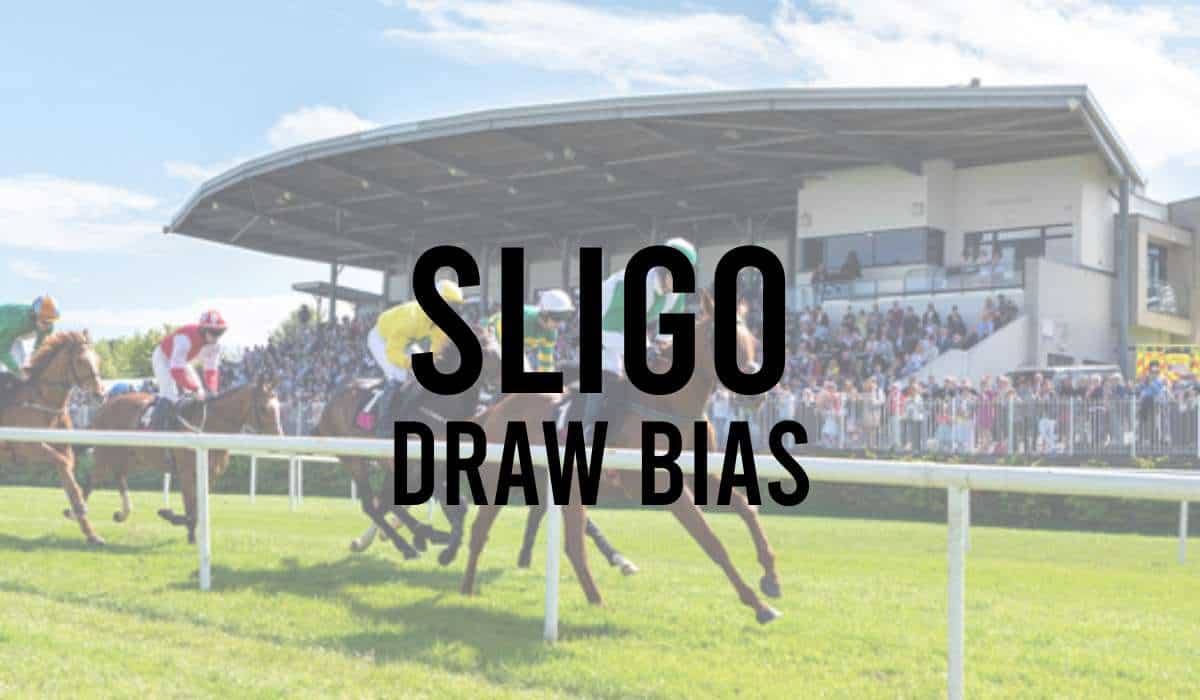
- Thirsk Draw Bias
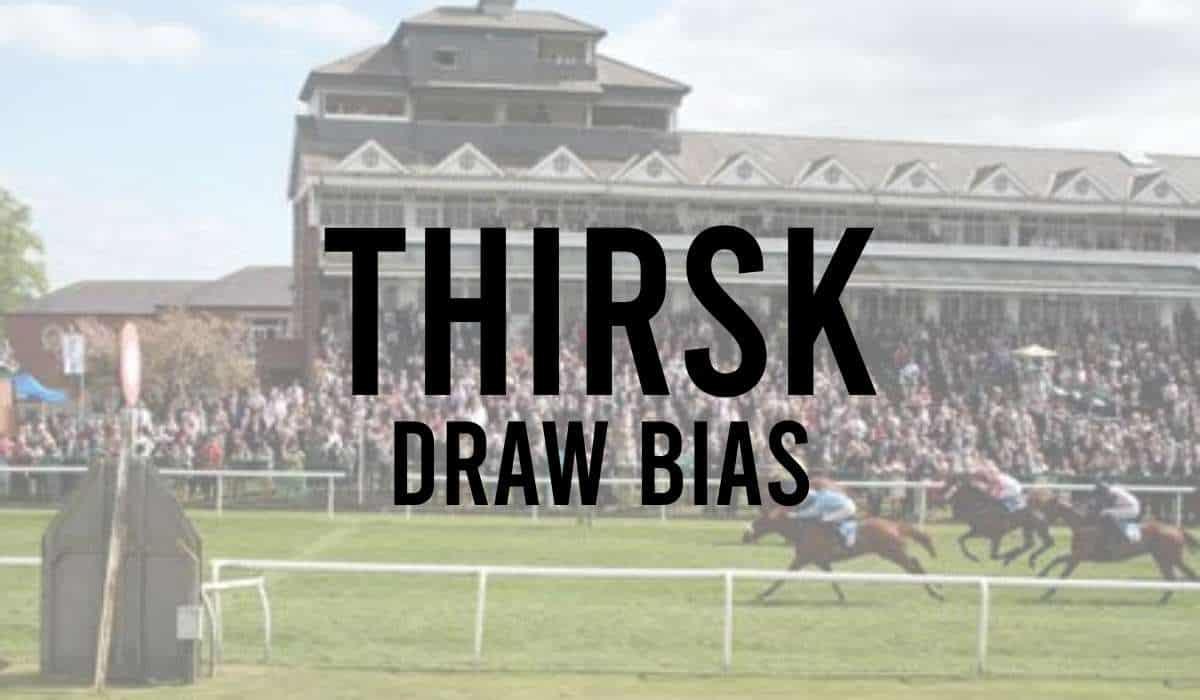
- Windsor Draw Bias
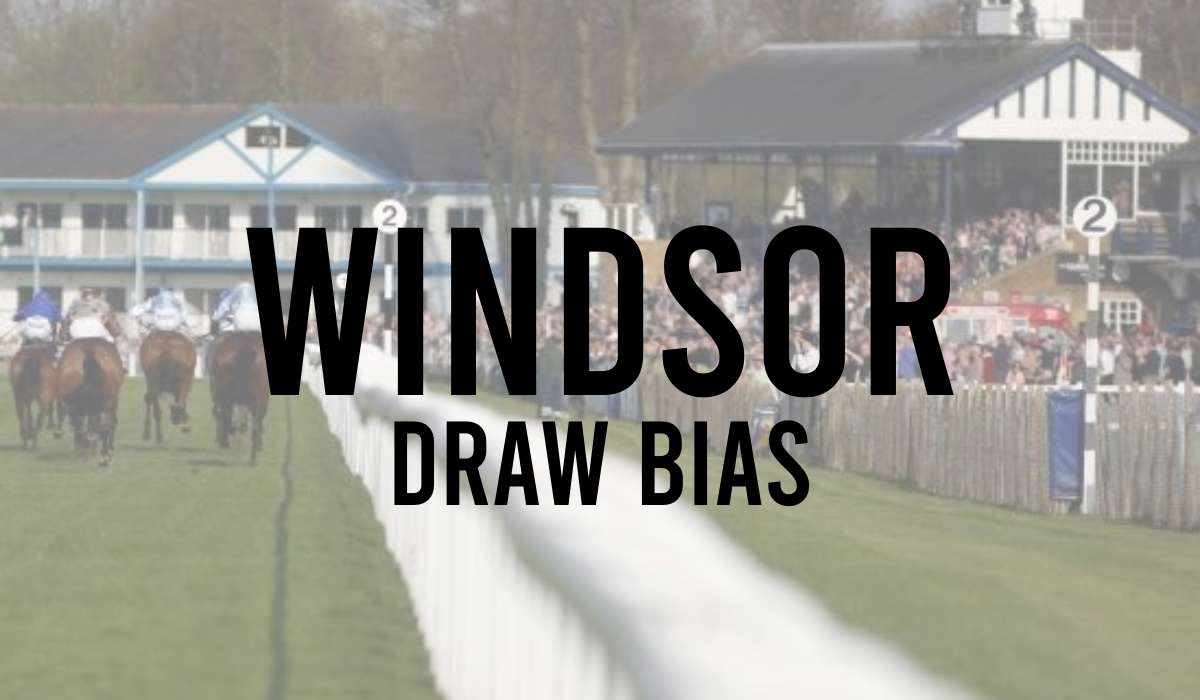
- Wolverhampton Draw Bias
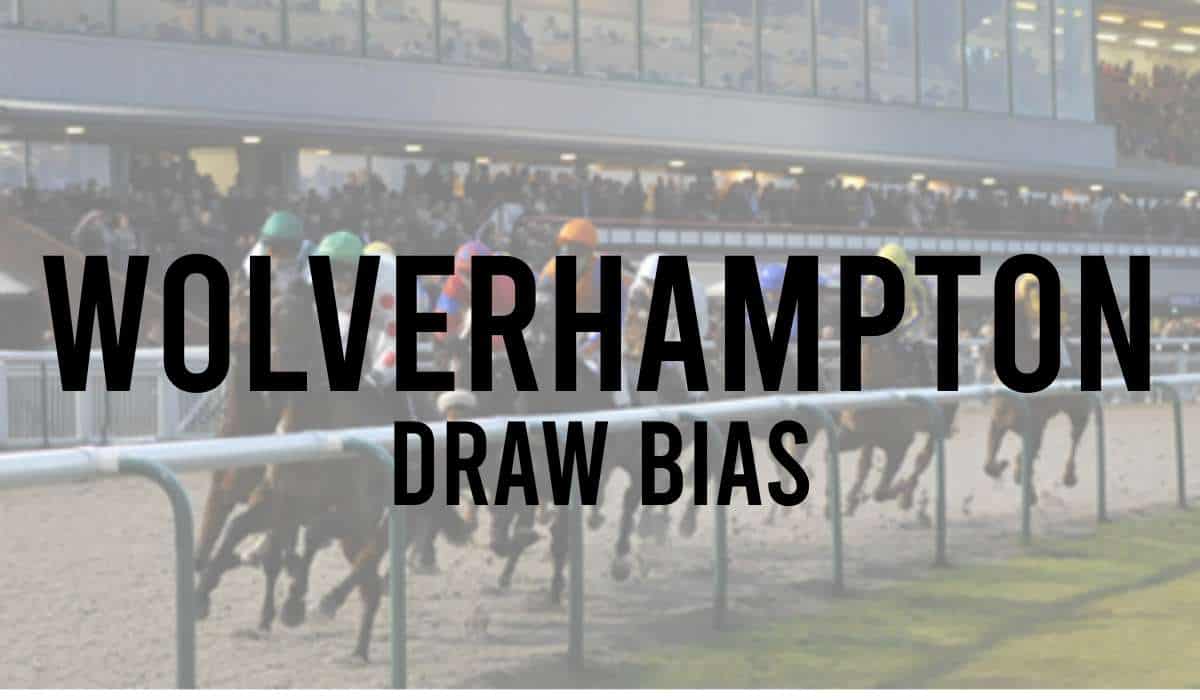
- York Draw Bias
